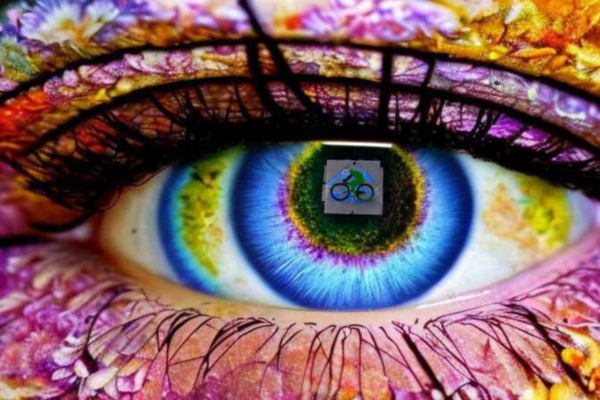
The words people use to describe falling into a K-hole—the psychedelic trip experienced on high doses of ketamine—read like opposites. Paralyzing. Introspective. Detached. Peaceful. Frightening. Euphoric. Transformative. Near-death.
For some, that translates into a dream experience. For others, it’s a nightmare.
What exactly happens to a person when they fall into a K-hole? To better understand, let’s take a closer look at what exactly the drug is.
What is Ketamine?
Ketamine is a derivative of PCP (Angel Dust) that was first approved by the U.S. Food and Drug Administration (FDA) in 1970 as an anesthetic for diagnostic and surgical procedures. It grew to become one of the most widely used anesthetics in the world. Now, it’s is considered by the World Health Organization an essential medicine for pain relief in both adults and children.
At higher than therapeutic doses, ketamine delivers a dissociative high that has made it a popular party drug. It’s also why the U.S. DEA has listed it as a Schedule III substance in the same category as anabolic steroids, testosterone, and codeine. While not as shunned by the feds as Schedule I and II drugs like heroin and Oxycontin, as a scheduled drug, ketamine’s use remains heavily policed.
In the 1990s, researchers began looking at it as a possible treatment for depression. When combined with cognitive behavioral therapy, ketamine has been shown to be life-saving. It can provide relief from depressive symptoms within hours as compared to weeks or months with antidepressants like Prozac. Researchers say it appears to reprogram the brain. Despite studies that show ketamine’s benefits for treatment-resistant depression, it’s been difficult to loosen the FDA’s grip around it.
Since ketamine is not outlawed and has approved medicinal uses, it can be prescribed for off-label uses as depression therapy. This is how ketamine infusion centers can legally treat people with the medication without FDA approval for that indication.
Depression treatment levels of ketamine are higher than doses used for anesthesia in medical settings and typically lower than doses taken in party scenes. But at even higher doses, the effects of ketamine kick into high gear and can drive you into the ‘K-hole’.

What is the K-Hole Like?
Falling into a K-hole is nothing like the “zoned out” high from recreational use of ketamine. It’s like your body becomes paralyzed. You feel as if you’ve traveled outside your body and are watching yourself from afar. These episodes may accompany intense visuals as well as moments of deep reflection. In retrospect, those experiences can feel transformative or therapeutic. Some, however, have likened it to a near-death experience.
The entire experience only lasts for about 30 minutes, but while you’re in the k-hole, time can feel as if it’s standing still. When you emerge, you feel as if you’ve been gone for hours.
Researchers use the term dissociative to describe this state. “You essentially feel completely dissociated from the world around you as if you don’t exist in this world,” says Bita Moghaddam, a leading researcher in the field of neuropharmacology and author of Ketamine, a MIT Essential Knowledge Book scheduled to be released next month.
Moghaddam recently spoke about the treatment and its possibilities on MIT Press podcast. saying the slang term “K-hole” refers to “how profoundly scary and aversive the experience can be” because, for some, it can feel like dying. But it’s not a negative experience for everyone.
Is the K-hole Really Like a Near-Death Experience?
Ketamine works by blocking a receptor in the brain that is responsible for how nerve cells interact. That creates a dissociative effect. During these episodes, the brain may actually mimic death in some ways, according to a June 2020 study published in Scientific Reports.
For the study, University of Cambridge researchers administered ketamine to a dozen sheep and then studied the effects the drug had on their brains using electroencephalography (EEG). They found that, at sedation, the sheep’s brains showed alternating periods of high and low frequency. “This alternating EEG rhythm phase is likely to underlie the dissociative actions of ketamine, since it is during this phase that ketamine users report hallucinations,” researchers said.
But at the highest intravenous dose, researchers observed a novel effect of ketamine, namely the “complete cessation of cortical EEG activity,” they said. This lack of electrocerebral activity—when confirmed with a 30-minute good quality EEG recording—is one of the most commonly used measurements in determining of death.
While it may not be an actual near-death experience for users (overdoses of ketamine alone are quite rare), the Cambridge researchers noted that the phenomenon is likely to explain the ‘K-hole,’ “a state of oblivion likened to a near death experience.”





